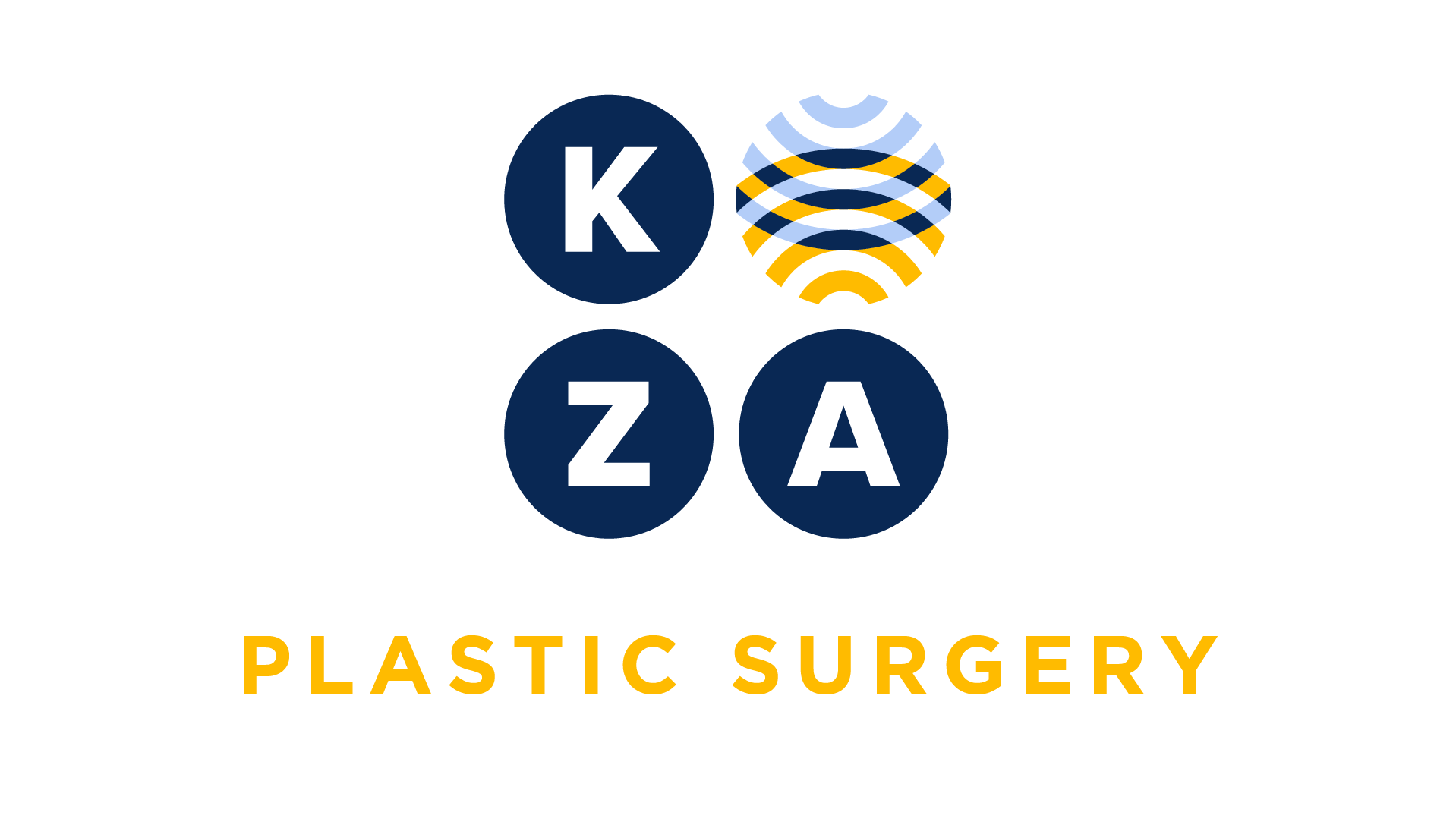
Choose your specialty from the list below to see how our experts have tackled a wide range of client questions.
Looking for something specific? Utilize our search feature by typing in a key word!
Coding 23395 for Pectoralis Muscle Repair
Someone told us to bill 23395 for repairing the pectoralis muscle after removing breast implants. Here’s the common scenario:
Question:
Someone told us to bill 23395 for repairing the pectoralis muscle after removing breast implants. Here’s the common scenario:
- Removal of old bilateral breast implants with capsulectomies
- Repair of pectoralis muscle with re-attachment to chest wall
- Creation of pre-pectoral pocket with acellular dermal matrix
- Placement of bilateral breast implants for reconstruction
What do you think of the recommendation to code 23395?
Answer:
Let’s look at the details. The CPT descriptor for 23395 says “Muscle transfer, any type, shoulder or upper arm; single”. First, are you doing a muscle transfer? No – your scenario says “re-attachment to chest wall” which is not a transfer. Second, are you operating on the shoulder or upper arm? No – your scenario says “breast” and “pectoralis muscle” and “chest wall” which is neither the shoulder or upper arm. Lastly, does your patient scenario look like the typical patient scenario described by CPT? “This is a 35-year-old patient with scapular disability and pain caused by scapular winging undergoes pectoralis major transfer.” No.
Your scenario says “repair” so we ask how the muscle got to a point where it needed to be repaired. The usual scenario is that the surgeon partially detached the muscle to place the implant. Therefore, we do not agree that “repair” of the pectoralis muscle by re-attaching to the chest wall, or putting the muscle back to its original place, would be separately reported. We believe this service is included in whatever code(s) you choose for the breast reconstruction procedure and separately reporting 23395 is not accurate. If there is additional significant work, then you could potentially append modifier 22 to your primary procedure code.
Stay tuned for major CPT code changes to the breast reconstruction codes starting 1/1/21….Kim Pollock will have an upcoming webinar about the changes.
*This response is based on the best information available as of 12/03/20.
Tissue Expander Exchange with Breast Reconstruction Revision
At the time of the second stage tissue expander exchange, my plastic surgeon wants to bill 19380 for either liposuction, removing excess scar tissue, removing redundant excess skin or…
Question:
At the time of the second stage tissue expander exchange, my plastic surgeon wants to bill 19380 for either liposuction, removing excess scar tissue, removing redundant excess skin or removing adipose tissue. “The lateral aspect of the mastectomy scar is excised along with redundant skin and subcutaneous tissue to revise the reconstructed right breast.” Can 11970 and 19380 be billed together?
Answer:
CPT states that 19380 may be reported for breast revision after reconstruction has taken place. At the time of a 2nd stage, expander to implant procedure, the reconstruction is just now being finalized. Therefore, 19380 would not be reported with 11970 for the same breast. If the expander to implant procedure is more extensive, due to the reasons you list, then you could potentially report 19342 instead of 11970.
*This response is based on the best information available as of 09/03/20.
Carotid Artery Exploration with Free Flap to Oral Cavity
Can we report 35701 for the carotid vessel exploration in the recipient site when doing a fibula free flap (20969)?
Question:
Can we report 35701 for the carotid vessel exploration in the recipient site when doing a fibula free flap (20969)?
Answer:
No, this activity is included in the free flap code. CPT specifically states not to 35701 to explore and identify a recipient artery [eg, external carotid artery] when performed in conjunction with free flap codes including 15756, 15757, 15758 and 20969.
*This response is based on the best information available as of 07/23/20.
Complex Closure of Free Flap Donor Site
I did a right anterolateral thigh free flap and had to close the right thigh wound (4 x 8 cm) with undermining of additional 3 cm in either direction to close the wound without any significant…
Question:
I did a right anterolateral thigh free flap and had to close the right thigh wound (4 x 8 cm) with undermining of additional 3 cm in either direction to close the wound without any significant tension. Can I also code a complex repair (13100, +13101) with the free flap code?
Answer:
Bringing the wound edges directly is included in the free flap code. However, CPT says that repair of donor site requiring skin graft or local flaps (e.g., adjacent tissue transfer requiring a separate skin incision to create a secondary defect) may be separately reported. Additionally, Medicare has a National Correct Coding Initiate (NCCI) edit between the free flap codes and the complex repair codes which could not be overridden because the procedures are in the same area. So, no, a complex repair code would not be used for closure of the flap donor site.
*This response is based on the best information available as of 07/09/20.
Excision External Ear
I did a partial excision of the left ear wedge with a layered closure. Can I code 69110 and a complex repair code since 69110 says “simple repair”?
Question:
I did a partial excision of the left ear wedge with a layered closure. Can I code 69110 and a complex repair code since 69110 says “simple repair”?
Answer:
CPT 69110 includes the direct closure (bringing wound edges together) because it says “simple repair” so that would include a simple, intermediate or complex repair code. We would not recommend a separate repair code in the circumstance you describe.
*This response is based on the best information available as of 06/25/20.
Seroma after Breast Reconstruction
During the post-operative global period following breast reconstruction the patient presents with a seroma. Can I bill for the seroma excision and also bill for an office visit since…
Question:
During the post-operative global period following breast reconstruction the patient presents with a seroma. Can I bill for the seroma excision and also bill for an office visit since it is a new problem?
Answer:
Medicare says treating the patient for issues related to the procedure, such as a seroma, are not separately payable unless they require a return to the operating room (modifier 78). There is not a modifier for “return to the office to treat a surgical complication.”
Check your other payors for their rules – in the absence of a specific payor rule allowing payment for treating complications in the office, we typically recommend you not bill. And, don’t forget, if you bill then the patient will have a co-pay.
*This response is based on the best information available as of 06/11/20.

